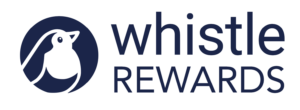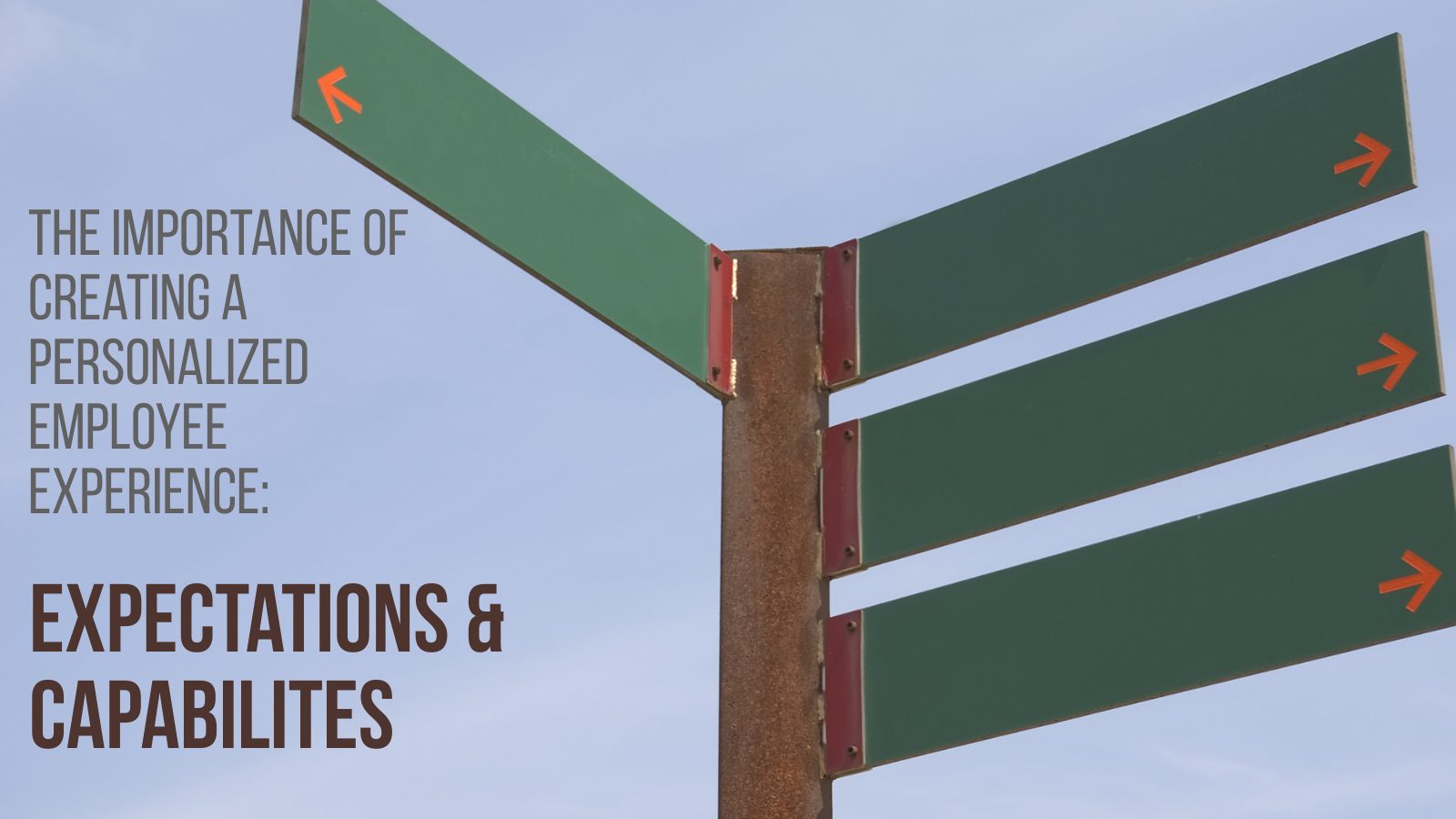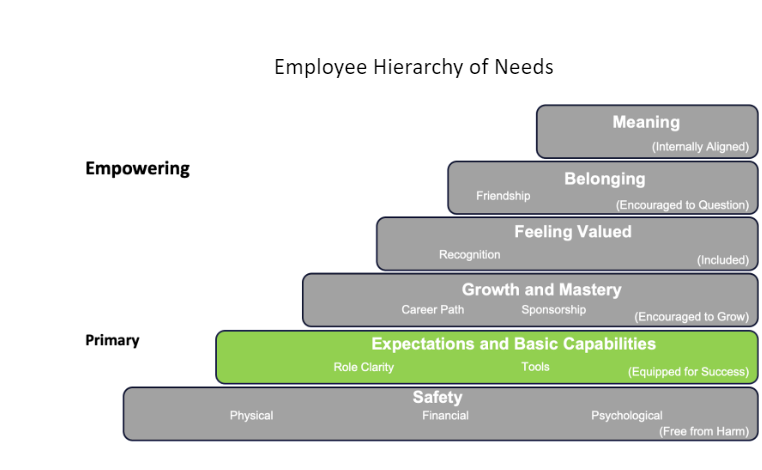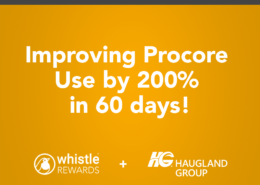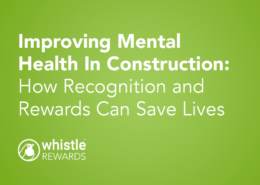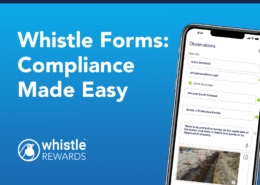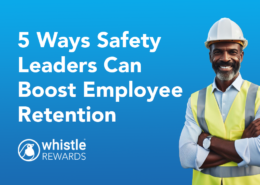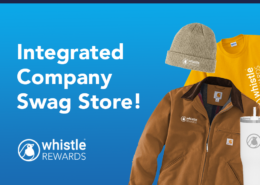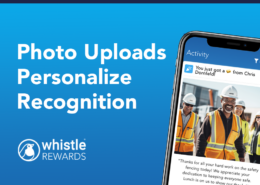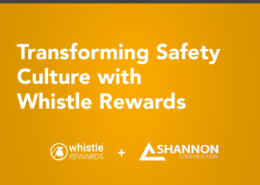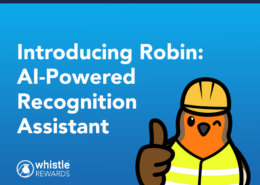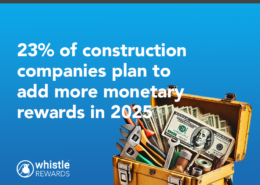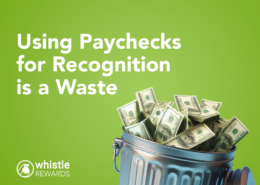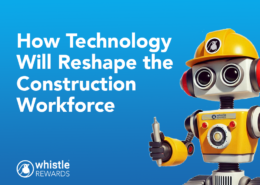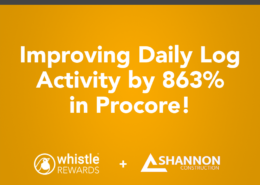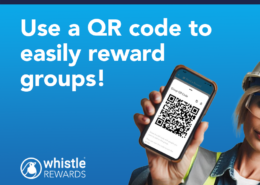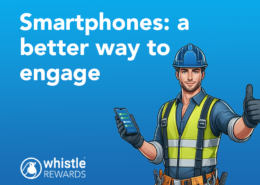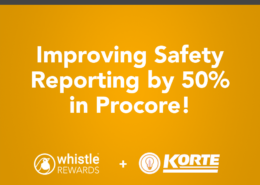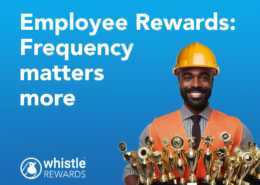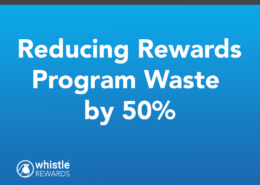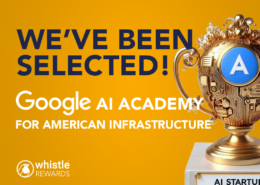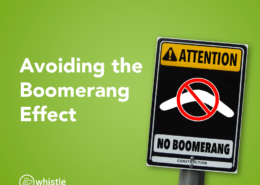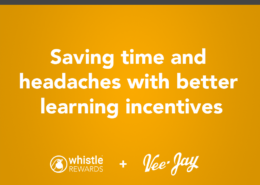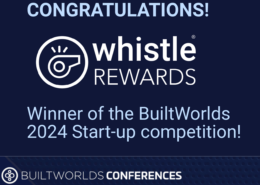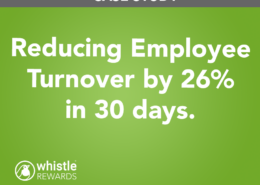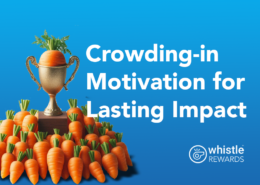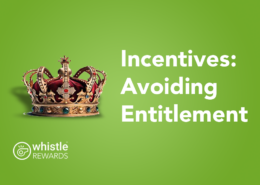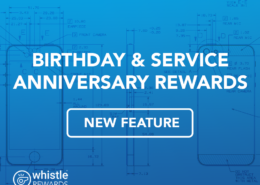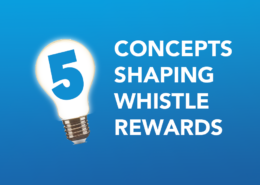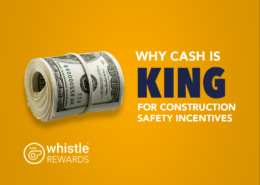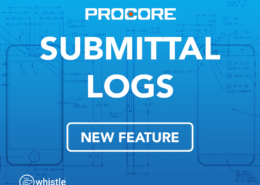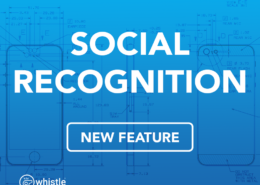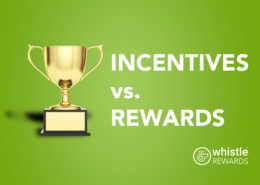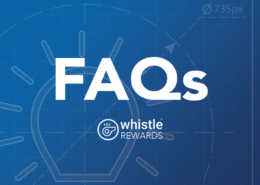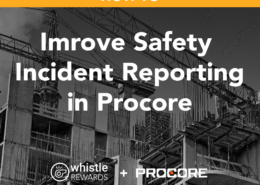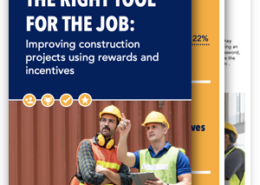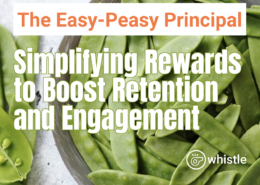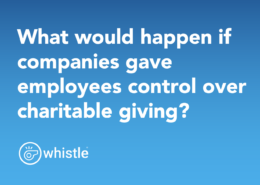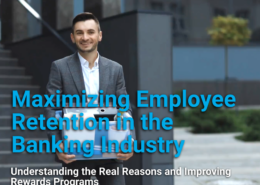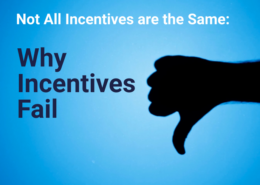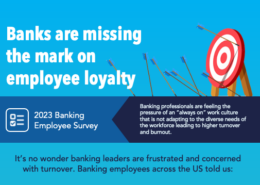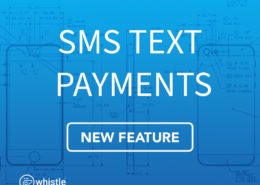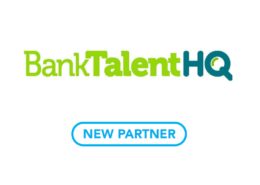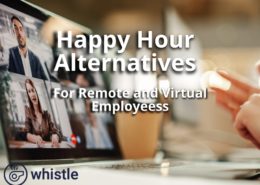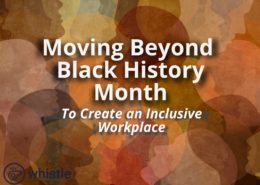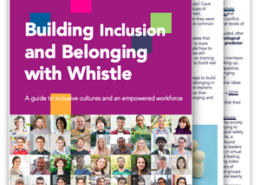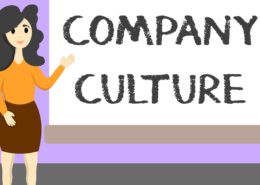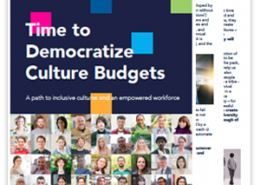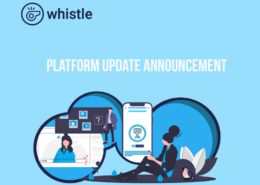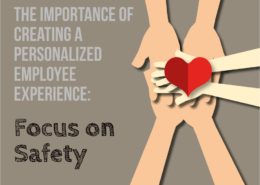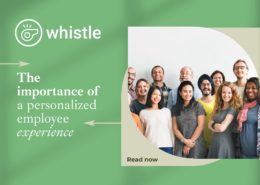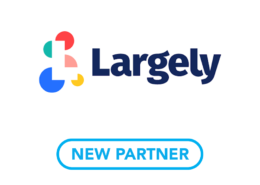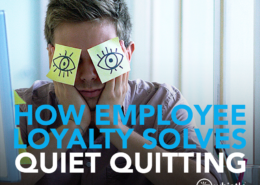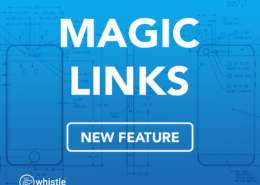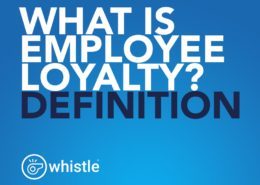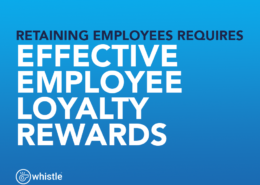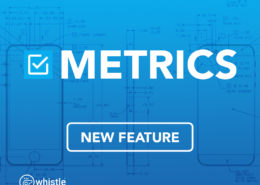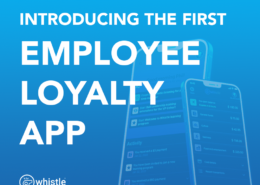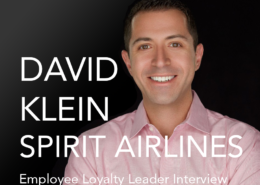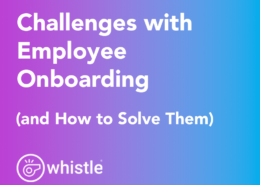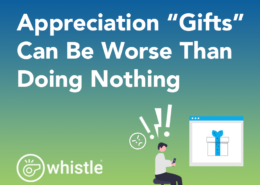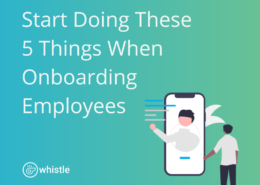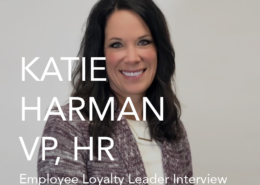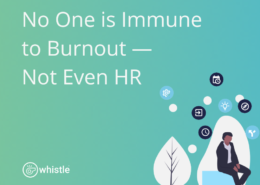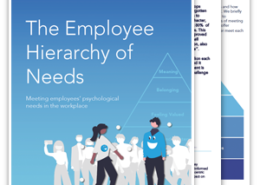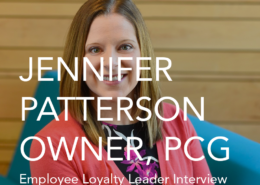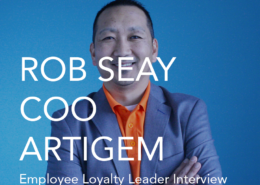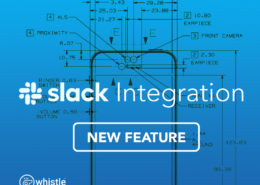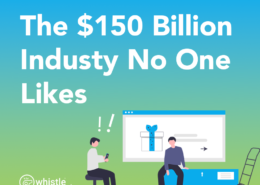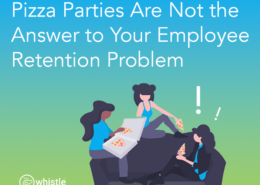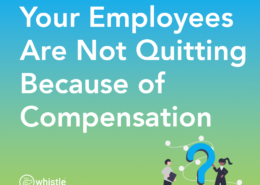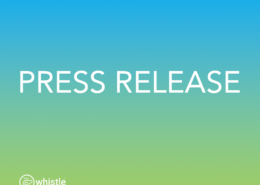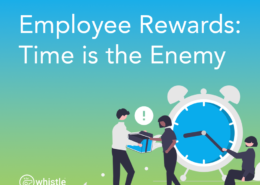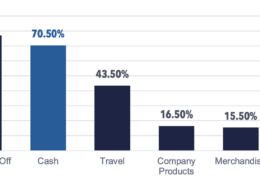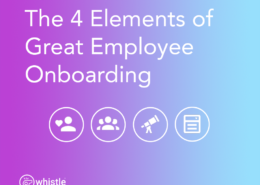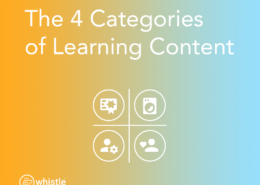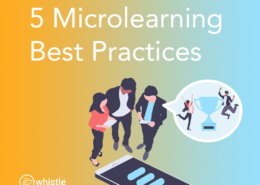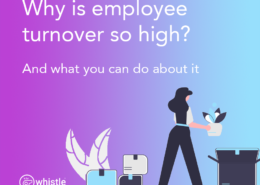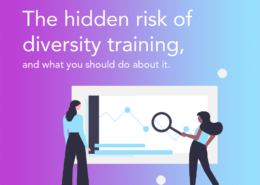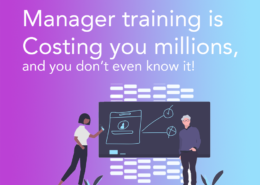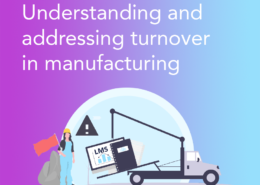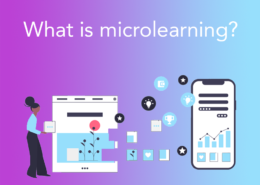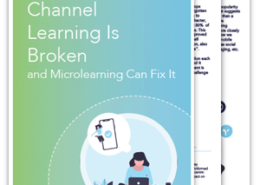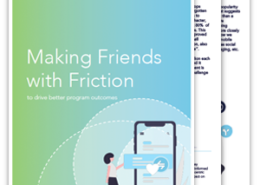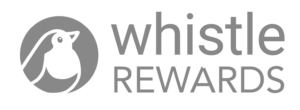Making Employee Retention Personal: Expectations and Capabilities
The critical success factors for HR in 2023 will be retaining the best employees and ensuring they are fully engaged in your company. Creating a positive company culture, however, is not easy or straightforward. For decades, employers have been struggling to retain and engage staff. Companies have adopted 401k plans, added ping pong tables to the office, offered unlimited vacation and dozens more approaches to make employees want to stay. And yet, retention rates have only declined. No one has been able to crack the code of employee engagement through these kinds of generalized programs.
The secret to a highly engaging culture lies in something that most companies are already doing, but for a different audience: personalization. Many companies are providing a personalized customer experience. The same approach and values apply to your employees. Each member of your organization has a unique personality, set of values, set of skills, passions, interests, and life outside of work. To remain competitive, companies must acknowledge the uniqueness of each employee and provide personalized engagement and retention solutions. This is what every person wants, whether an employee or a customer.
Developing a personalized employee experience can be done at scale. Whistle has broken down the employee experience, mirroring Maslow’s hierarchy of needs, into six levels of engagement, providing a tool to evaluate the various need states in your organization as well as specific programs to immediately improve engagement and retention by making it personal.
The critical element is to move authority and control from a few executive team members out to the front line. Front-line managers understand team members and their needs in ways executives cannot. While executives often have fantastic ideas and considerations, those ideas typically fail to resonate with everyone in the organization. The pizza party, for example, has become the pariah of employee engagement. It started a good-natured effort by executives to provide something fun and social for staff. Unfortunately, it’s become an example of what does not work. Some people have dietary restrictions. People who work the night shift get short changed. And even for those who can participate, a free piece of pizza no longer feels like a sufficient thank-you, given the added pressures of increasing workloads and expectations. There are many examples of top-down “culture programs” that do more to hurt staff relationships than help.
Front-line managers have (or should have) an understanding of the specific needs of team members and a sense of the proper timing required to address each need. These managers simply need better tools to operationalize this understanding.
Elements of Expectations and Basic Capabilities
Setting clear expectations is a primary element of employee loyalty. For decades Gallup has surveyed workers about the factors having the strongest influence on their job performance. “I know what is expected of me” has topped the list for many years.
In Execution: the Discipline of Getting Things Done, the authors introduce the concept of “non-negotiable activities.” These are the actions a person must do for minimal success at their job. A poor understanding of these tasks can lead to poor performance on the job, and clarity can make all the difference.
Non-negotiable activities are table stakes for employee performance, however. To help employees strive to be their best, experts recommend setting SMART goals; goals that are Specific, Measurable, Achievable, Relevant, and Time bound. Goals that fail to live up to the SMART standard are less likely to be met. People can only do the work to meet or exceed expectations if they have a clear idea of what they’re shooting for.
New staff should also be provided the tools for success. These tools include things like a computer as soon as the new hire walks into the office for the first time, training materials, and credentials. Remote and hybrid work have made this aspect of employee life even more important and, at the same time, more challenging. Companies must figure out how to provide all the tools previously available in the office for each new remote or hybrid employee. Tools should also be simple and intuitive to use. If employees spend a day or two reading the manual and then need to constantly refer back to it to understand how to use the tool, then it is likely not helping productivity but rather hindering it.
Basic job tools can be valuable for the distributed workforce. But so too are tools that promote your employees’ — especially your remote employees’ — feeling of being valued and belonging. When staff are not working in close proximity to each other, it is more difficult to observe their mental or physical health. Of course, that could be true when we are working with colleagues on-site, but there are more opportunities to pick up on cues about whether a team member is facing challenges — like if they look tired and drawn for days. It is important to give employees access to tools, even simple ones like the ability to send a cup of coffee for a colleague who works across the country that pushed to complete a deliverable late into the night.
Onboarding is the most critical time to effectively set expectations and guide new staff to the policies and tools critical for success. Unfortunately, many organizations make some very harmful mistakes in the onboarding process, such as:
- Waiting until the first day of employment to being onboarding
- Treating onboarding as an administrative function focused on paperwork
- Considering the onboarding process complete when the paperwork is finished
Those activities are more appropriately labeled “orientation” than onboarding. Onboarding, according to the Society for Human Resource Management, “is the process of integrating a new employee with a company and its culture, as well as getting a new hire the tools and information needed to become a productive member of the team.” They note that this process, when done well, takes several months to a year.
Measuring Expectations and Capabilities Within Your Organization
The Whistle Employee Hierarchy of Needs describes four levels of maturity for each of the steps. For Expectations and Basic Capabilities:
- Companies at a level 1 (the most basic): typically expose new staff to expectations and tools through on-the-job experience. Many rely on co-workers to bring new staff up to speed. Often people learn through mistakes, after the fact, which can be disheartening to the individual and troublesome for the company.
- Level two companies are more explicit about the job description and requirements for success. Job tools are available as needed throughout the organization. However, not much is done to provide the knowledge or direction employees need to succeed.
- Level 3 companies provide a brief (<1 week) instructor-led onboarding explaining company values and policies. Supervisors provide regular guidance to employees on how to meet or exceed expectations in their role.
- Level four companies, the most mature, guide new staff through a 90-365 day interactive onboarding process explaining the company, policies and procedures, company mission, etc. Leaders proactively help train the employee while providing role clarity. Employees are provided best in class tools/job aides and effective job-training. Supervisors are provided ongoing training on how to best motivate and support employees as they work towards their goals.
Improving Expectations and Basic Capabilities
The Whistle platform offers solutions improving expectations and capabilities without adding a lot of administrative burden. The Employee Loyalty Index identifies your employees’ needs by location, department, tenure, etc., and pinpoints need states. Whistle can help identify which needs are being met, and which ones need attention to engage and retain employees. These “need-states” map directly into specific programs in the platform, providing immediate improvement in retention. A company can enable managers with the tools to make employees feel valued and belonging at a personal level.
If your employees are lacking clarity around expectations and capabilities, Whistle can help evaluate onboarding to design and deploy more engaging programs. Instead of putting the onus on new employees or HR leaders to track each person’s activities, Whistle can create a roadmap with prompts and links to make it easy for people to progress through the full onboarding program. New employees know where they are in the process and what’s next, giving them a sense of control and connection to the process. Whistle can also help you create and easily execute incentives and rewards for onboarding-related behaviors, such as completing training or having lunch with a new colleague.
Recent Whistle clients have deployed “pre-onboarding” programs, where a newly hired staff member is engaged weeks before starting a position. The program typically begins the day or day after a candidate accepts an offer. It often includes content such as a general note from the CEO about values. It also might include content from the direct manager as well as details about the job and tools for success.
The most innovative companies often use the Whistle Digital Wallet to pre-fund expenses that would have been reimbursed. Instead of requiring a new hire to spend money out-of-pocket, those expenses are funded in advance.
The Whistle platform attempts to bring new staff into an organization as you might bring in a sibling, with all the positive emotional energy, clarity of information and timeliness. Each element of onboarding can be deployed at scale to thousands of employees, personalized to each individual, or anything in between.
Look out for our next blog post deconstructing Growth and Mastery in the Employee Hierarchy of Needs, highlighting what it means to succeed at that level as well as what it means to personalize the employee experience.
THE EMPLOYEE LOYALTY INDEX
We call the playbook the Employee Loyalty Index. It is an objective measure of all the data points that employees care about in the work environment and an effective way to measure where money should be spent in order to hit the desired culture goals.
By tracking these key indicators, companies are able to measure what is working and what isn’t, allowing them to invest their culture dollars wisely. When companies know where to invest their culture dollars, they can have a huge impact on their employees and the success of their business.
The index follows a hierarchy of needs, from the most basic workplace need — safety — to an employee’s highest workplace need — meaning. We score your company against this rubric to highlight the most critical areas to address with budget and attention. This gives you laser-focus to improve your culture quickly and efficiently.
WHISTLE, THE EMPLOYEE LOYALTY APP
There are many factors that influence employee loyalty but Whistle is the first employee loyalty app specifically designed for that purpose. By leveraging Whistle and integrating with other programs, Whistle can help companies improve both their top and bottom line.
In a recent case study, Whistle helped a manufacturing company reduce turnover by 26% in just 90 days through a redesigned onboarding program. Whistle’s employee loyalty app brought the company’s on-boarding process into the digital age and put it in every employee’s pocket. Employees raved about the mobile-first experience and cash reward system.
Companies are using Whistle to help people-managers improve relationships with their direct reports, rethinking incentives and rewards, and even changing their approach to culture – building a more inclusive workplace and helping to attract quality candidates.
Contact us for a free demo and better understand how much you can improve employee loyalty when using an employee loyalty app!
Forget the Bells. You Just Need Whistle.
Overwhelmed? Let us help you build a better onboarding experience, improve leadership training, or find innovative ways to appreciate your people — start by speaking to a consultant for free.
